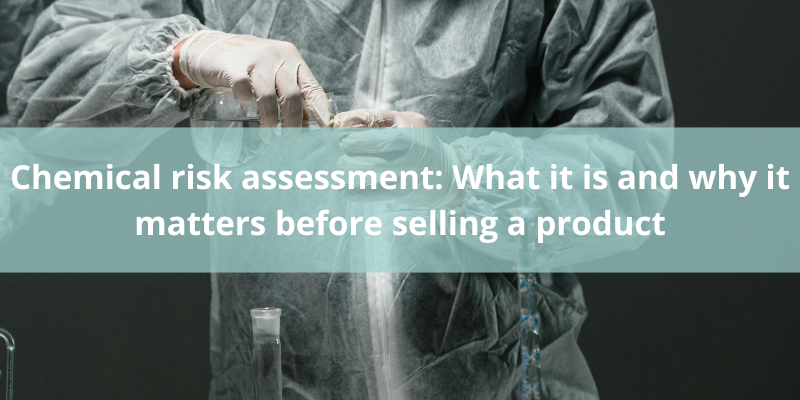
Do you sell chemical products? Find out what a chemical risk assessment is, when it’s mandatory, and how it can help you avoid penalties, ensure compliance, and strengthen your sustainability performance.
In a market increasingly focused on safety and sustainability, assessing the chemical risks of the products you place on the market is not just a regulatory obligation: it’s also an opportunity to position your company as responsible and forward-looking.
However, many companies still don’t know when a risk assessment is required, what it involves, or why it is so important to carry one out, even when the law does not explicitly require it.
A chemical risk assessment is a technical process designed to identify, evaluate, and control risks to human health and the environment arising from the use of a chemical product under specific conditions.
The assessment analyses both the hazardous properties of the substances contained in the product and the intended conditions of use, for example:
Based on this information, hazards are identified, and appropriate risk management measures are established: safety instructions, recommendations on the use of PPE (gloves, masks), label redesign, or even product reformulation.
It depends on the type of product, but generally speaking:
These questions illustrate why it’s essential to go beyond minimum compliance.
More and more companies are voluntarily assessing their products as part of their commitment to:
A thorough risk assessment also helps to:
A well-documented risk assessment also facilitates other compliance tasks, such as CLP classification and labelling, preparation of the Safety Data Sheet (SDS) and notification to poison centres (as required under Article 45 of the CLP Regulation).
At ServiREACH, we help companies ensure compliance and manage chemical safety effectively: